Throughout automotive history, there have been countless vehicle prototypes designed to push the boundaries of innovation. Some were too ahead of their time, while others were simply impractical. These bizarre and ambitious concepts never made it to mass production but still left a lasting impression. Here are 16 vehicle prototypes that, for various reasons, never saw the light of day.
Contents
Dymaxion Car
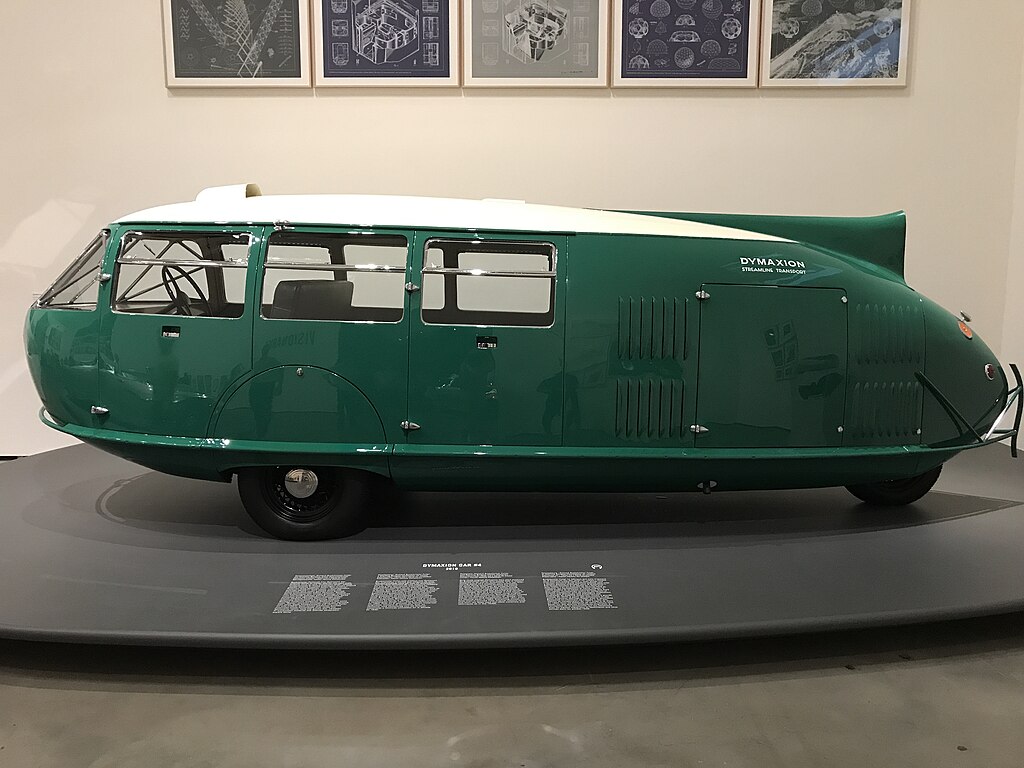
Designed by visionary architect Buckminster Fuller in the 1930s, the Dymaxion Car was an unusual, teardrop-shaped vehicle with three wheels. It was built to be highly aerodynamic, capable of carrying up to 11 passengers, and promised better fuel efficiency than other cars of its time. Unfortunately, a fatal crash during a demonstration raised safety concerns, causing the project to lose support. The car’s rear-wheel steering also made it difficult to control, further hindering its practicality.
GM Firebird I
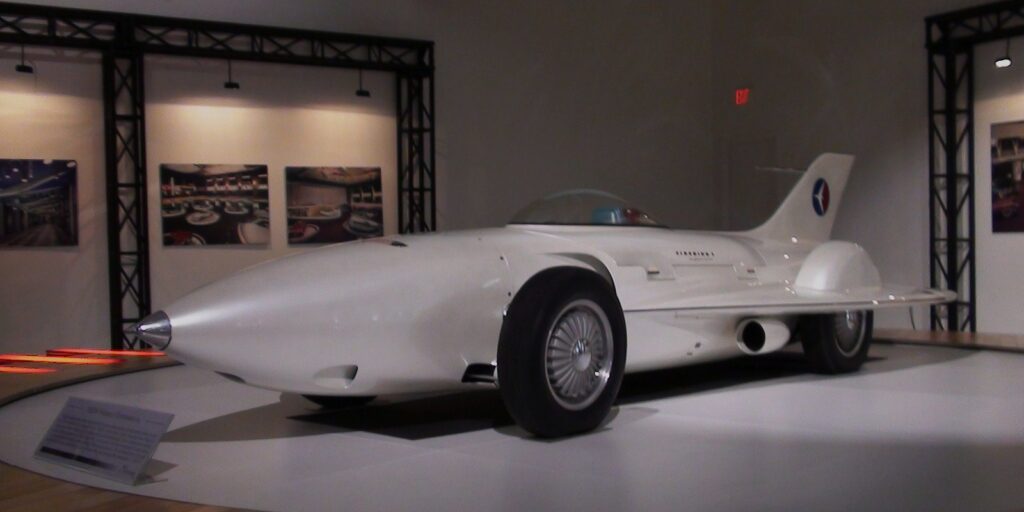
In 1953, General Motors unveiled the Firebird I, a futuristic, turbine-powered vehicle inspired by jet airplanes. With its bubble canopy and dramatic tail fins, the car looked more like a spaceship than a road vehicle. While it showed promise in design and performance, the turbine engine was deemed too complex, noisy, and costly for everyday use. As a result, this ambitious prototype never made it beyond the concept stage.
Ford Nucleon
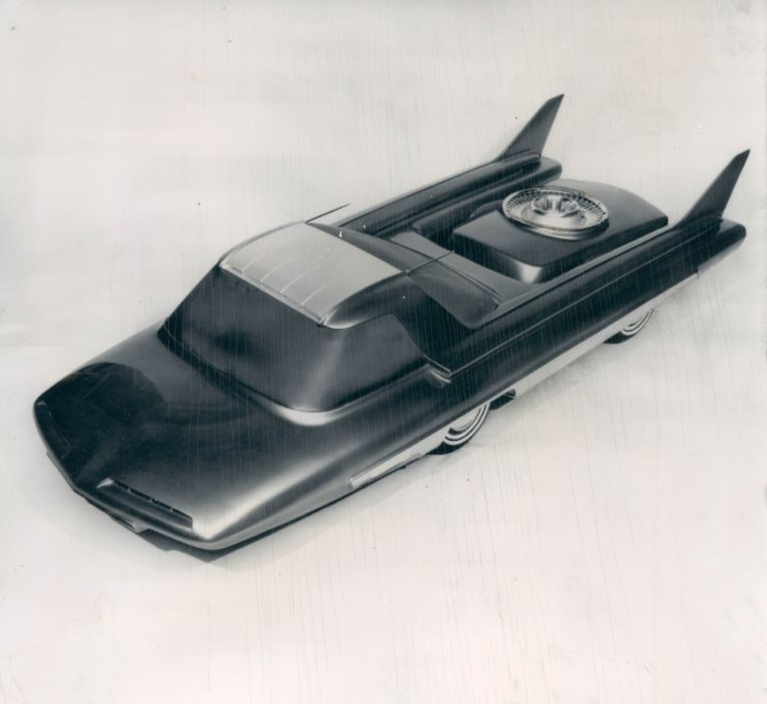
Ford’s Nucleon, introduced in 1958, was perhaps one of the most audacious concepts ever proposed—a nuclear-powered car. The idea was to place a small nuclear reactor in the rear, giving it an exceptionally long driving range without refueling. However, the concept was doomed from the start due to concerns over safety and the inability to miniaturize nuclear technology for a vehicle. The dangers of radioactive material in consumer cars made sure the Nucleon never left the drawing board.
Chrysler Turbine Car

The Chrysler Turbine Car, developed in the early 1960s, ran on a jet engine capable of using multiple fuel types, including gasoline and even perfume. Its sleek design and versatile fuel options seemed revolutionary, but the car’s high production cost and excessive fuel consumption halted its development. Furthermore, the turbine engine produced a loud whine that turned off potential buyers.
Volkswagen GX3
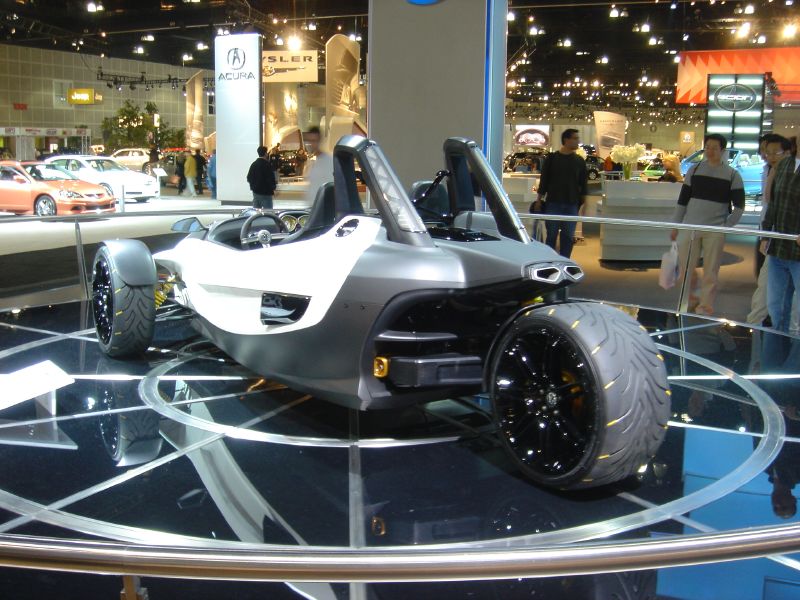
In 2006, Volkswagen introduced the GX3, a three-wheeled roadster that blurred the line between car and motorcycle. The lightweight, open-air design promised an exhilarating driving experience at a price point accessible to many. While excitement built around the concept, concerns over its crash safety standards and potential liability risks in the U.S. market led to its cancellation. The GX3 was never produced despite its bold innovation.
Peugeot Moovie
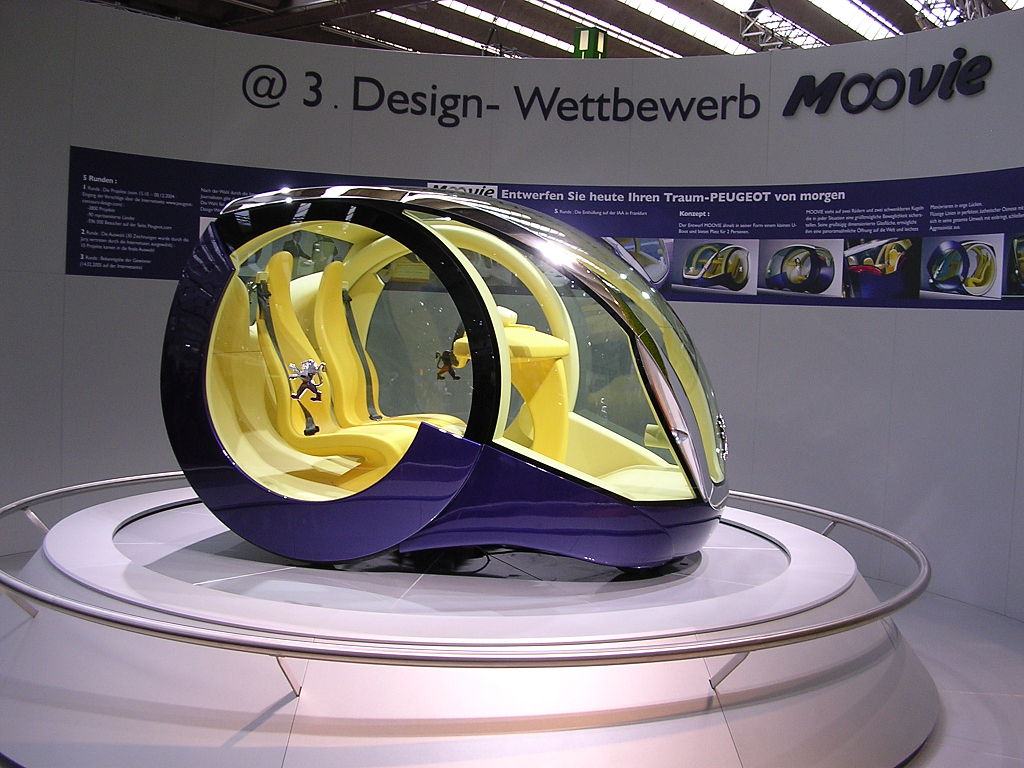
The Peugeot Moovie, revealed at the 2005 Frankfurt Motor Show, was a futuristic two-seater designed for congested urban environments. Its egg-shaped body and electric drivetrain made it both compact and eco-friendly. Despite its forward-thinking design, the Moovie never made it into production due to concerns about its practicality and market readiness for electric cars. Its quirky appearance, while eye-catching, also deterred some potential buyers.
BMW GINA
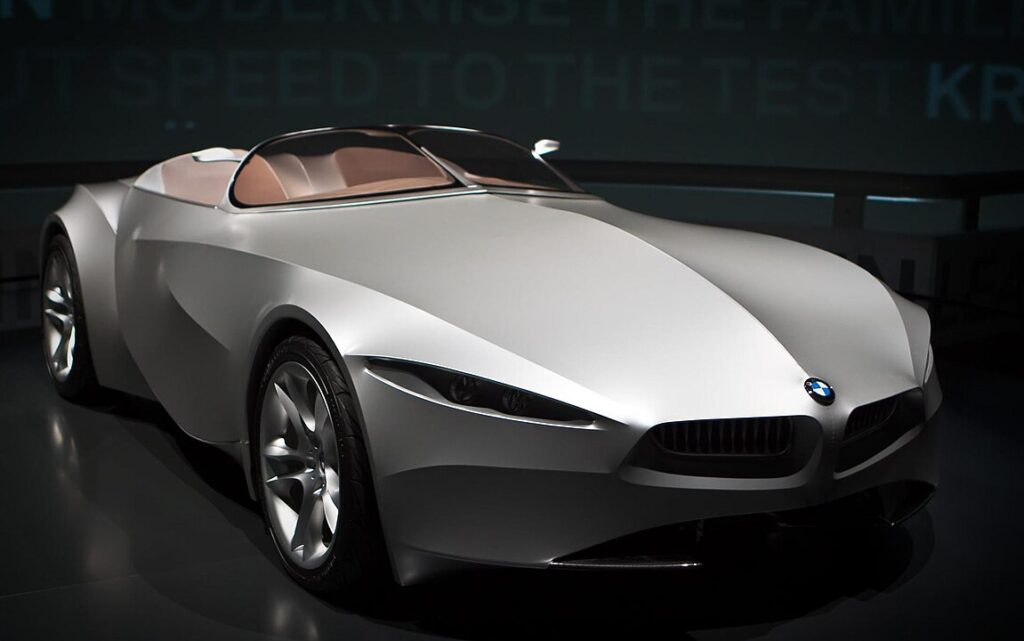
BMW’s GINA (Geometry and Functions in N Adaptations), introduced in 2008, was a shape-shifting car covered in fabric rather than metal. This innovative design allowed the car’s body to morph depending on aerodynamic needs or driver preferences. However, the GINA was never meant for mass production, as its advanced materials and technology were too experimental and costly. While it showcased BMW’s creativity, the concept remained a visionary exercise.
Lamborghini Athon

The Lamborghini Athon was a striking roadster concept designed by Bertone and revealed in 1980. With its open-top design and minimalist dashboard, the Athon showcased a departure from Lamborghini’s more traditional supercars. However, it was never intended for production, as it was created purely as a show car. Financial struggles within Lamborghini at the time, combined with its impractical design, ensured the Athon remained a one-off.
Cadillac Cyclone
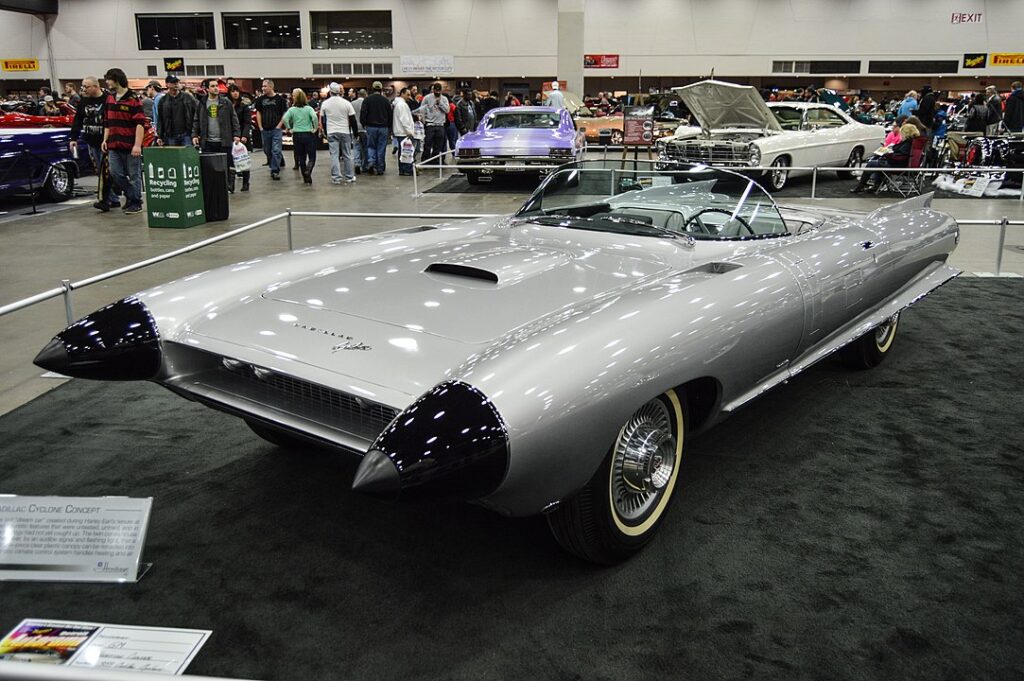
The Cadillac Cyclone, unveiled in 1959, was a futuristic concept equipped with radar-based crash avoidance systems. Its design, complete with bubble canopies and jet-like tailfins, made it look like something out of a science fiction film. Unfortunately, the high cost of the radar technology and the impracticality of the bubble roof for everyday driving kept it from reaching production. The Cyclone’s outlandish appearance remained an experimental glimpse into the future.
GM LeSabre
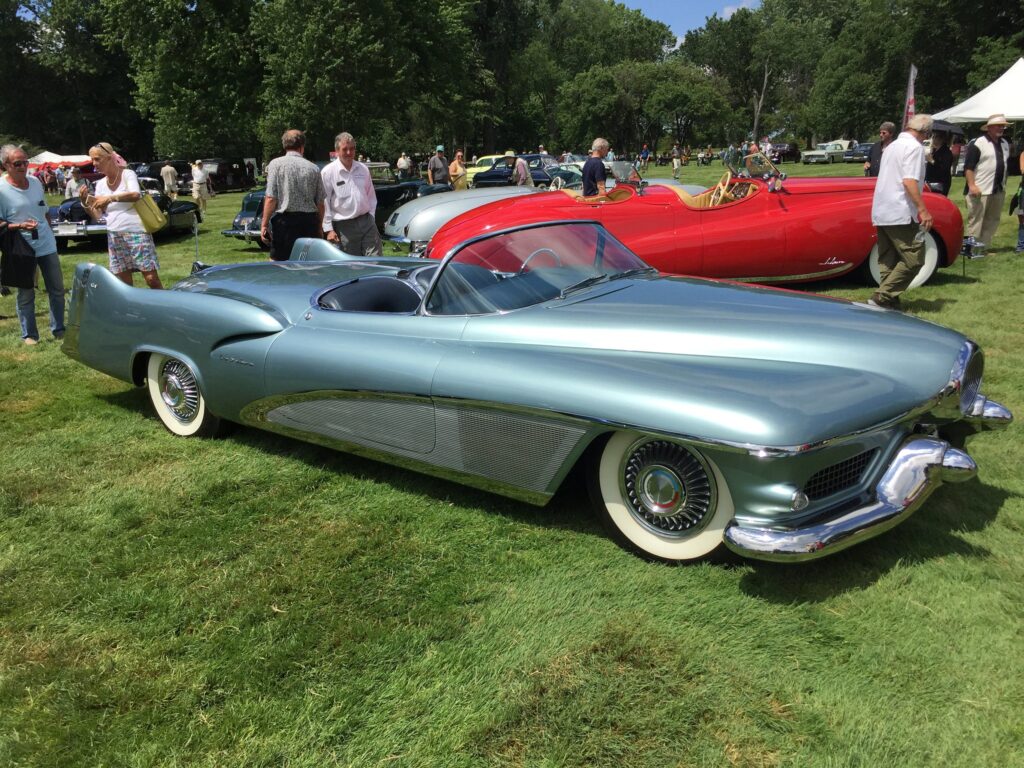
In 1951, GM’s LeSabre concept car stunned audiences with its jet-age design and innovative features, including a rain-sensing retractable roof. Its sleek, streamlined body and powerful V8 engine made it a technological marvel. However, the car was far too complex and expensive for mass production, serving more as a showpiece than a consumer vehicle. Despite its promise, the LeSabre was used primarily for exhibitions and never hit the assembly line.
Mazda Furai
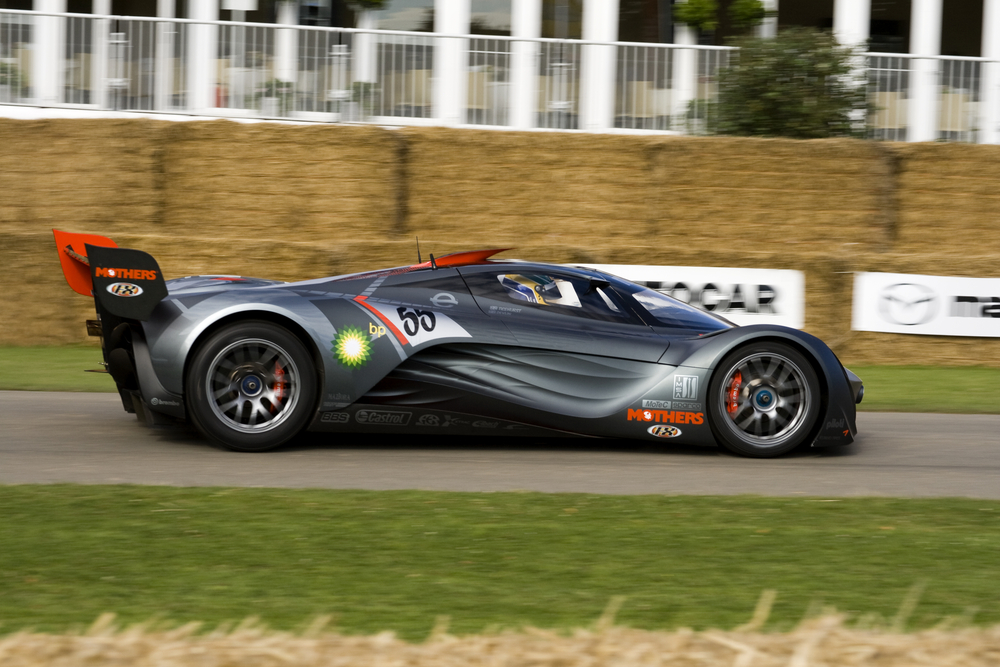
The Mazda Furai, introduced in 2008, was a stunning concept car designed for both performance and sustainability. Powered by a rotary engine running on biofuel, it represented Mazda’s commitment to pushing the boundaries of eco-friendly racing technology. Unfortunately, the Furai’s life was cut short when it caught fire during a track test and was completely destroyed. Without the car to showcase, Mazda’s vision for the Furai ended in flames, quite literally.
Ferrari 512S Modulo
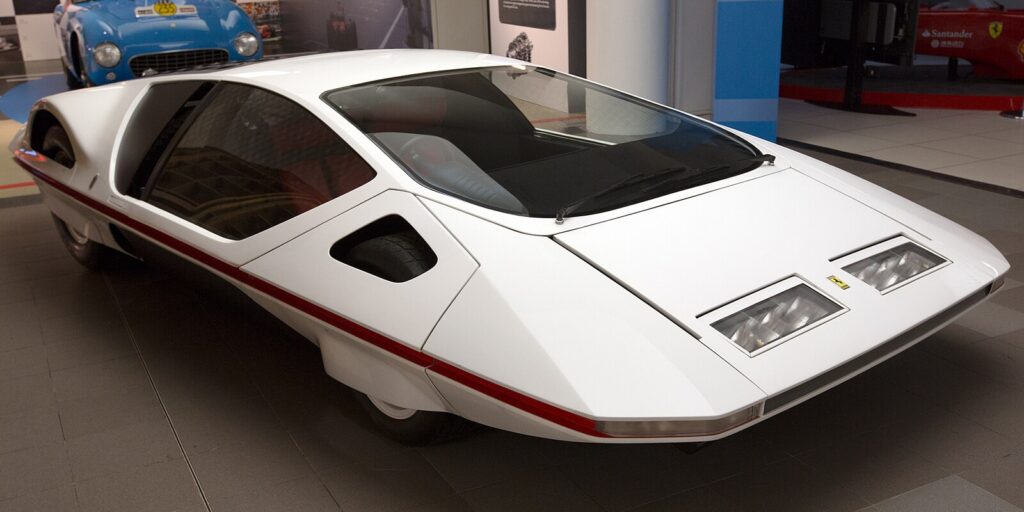
The Ferrari 512S Modulo, designed by Pininfarina in 1970, was a futuristic concept that resembled a spaceship on wheels. Its low-slung body and canopy-like roof made it one of the most unique cars ever designed. Despite its stunning appearance, the Modulo was never intended for production, serving instead as an artistic exploration of form and function. Ferrari never pursued further development, leaving it as a one-of-a-kind design.
Dodge Deora
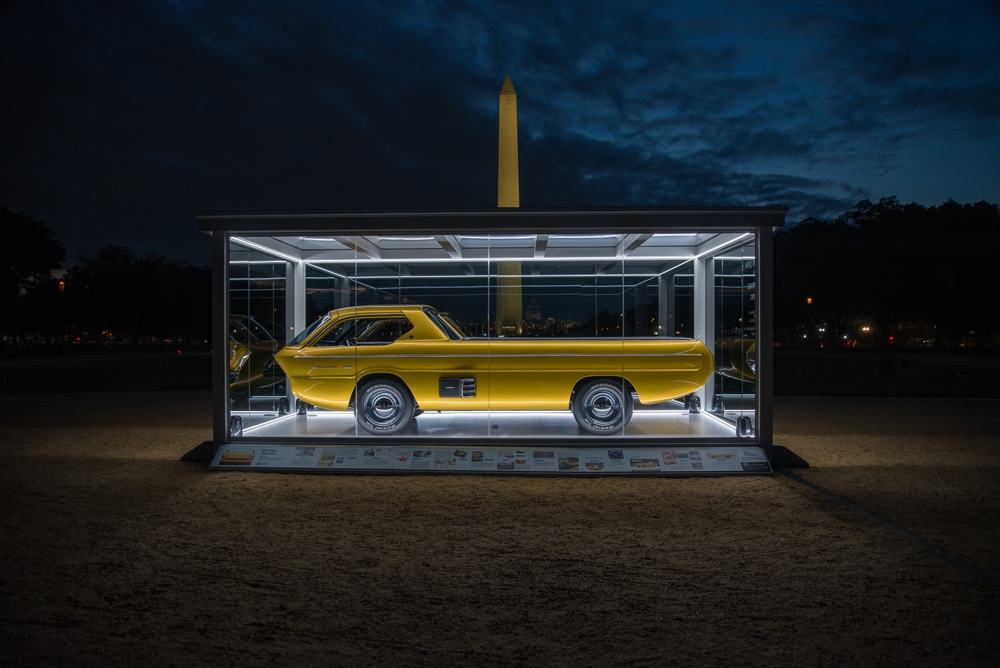
The Dodge Deora, introduced in 1967, was a futuristic custom truck with a unique front entry system where the windshield tilted open to allow access. Though visually striking, this design proved to be more novelty than practicality. Its unconventional entry and space limitations made it unsuitable for daily driving. Despite its failure to go into production, the Deora became an icon thanks to its popularity as a Hot Wheels toy.
Chevrolet AeroVette

Chevrolet’s AeroVette, first conceptualized in the 1970s, was a mid-engine sports car that challenged Corvette’s traditional design. With gull-wing doors and a streamlined body, the AeroVette was meant to compete with European sports cars. Internal debates at General Motors about the feasibility of a mid-engine Corvette led to the project being shelved. Although it never made it to production, its design influenced future Corvette models.
Citroën Karin
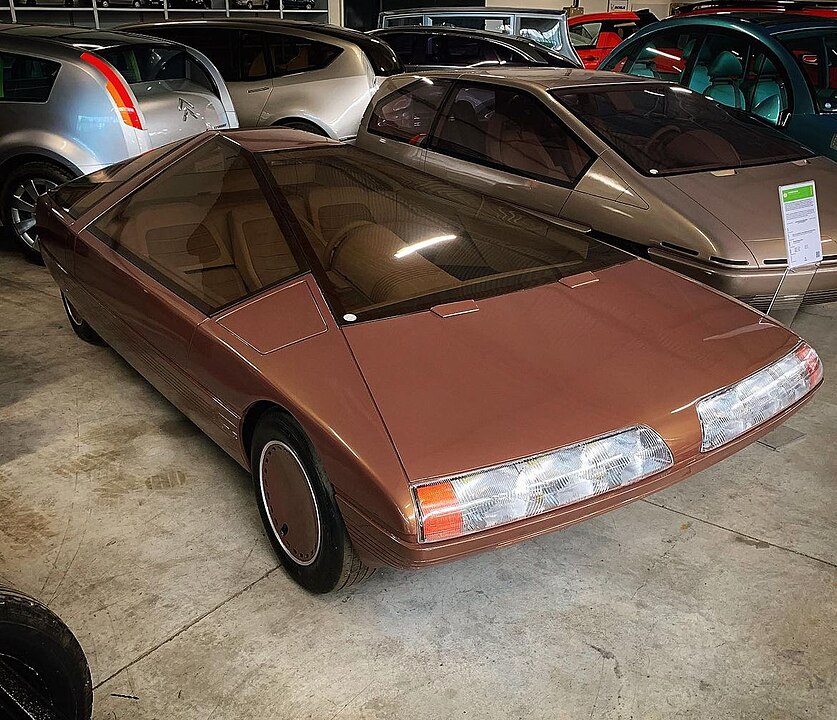
The Citroën Karin, unveiled in 1980, was a pyramid-shaped concept car that looked straight out of a sci-fi movie. Its triangular design was radical, with the driver seated in the center and two passengers flanking them. Despite its innovation, the Karin was more of a design study than a viable product. Its unusual shape and impractical interior layout meant it never saw the light of day beyond car shows.
Pontiac Banshee

The Pontiac Banshee, introduced in 1964, was a sleek, lightweight concept car designed to rival the Chevrolet Corvette. Its powerful engine and futuristic design made it a potential game-changer. However, GM executives feared it would undermine Corvette sales, leading to the project being canceled. Though it never reached production, elements of the Banshee’s design appeared in later Pontiac models.
This article originally appeared in MyCarMakesNoise.
More from MyCarMakesNoise
10 Classic Cars from the ’60s and ’70s with the Worst Engines

The 1960s and 1970s were an iconic era for car design and culture, but not every model from this time is remembered fondly. While many vehicles became famous for their style and performance, others were plagued by underperforming engines that tarnished their reputations. Read More.
13 Durable SUVs That Are Known for Their Longevity

Selecting an SUV that combines reliability with enduring build quality can be a smart investment for drivers who value long-term performance. Read More.
13 Rare American Sports Cars You’ll Likely Never See on the Road
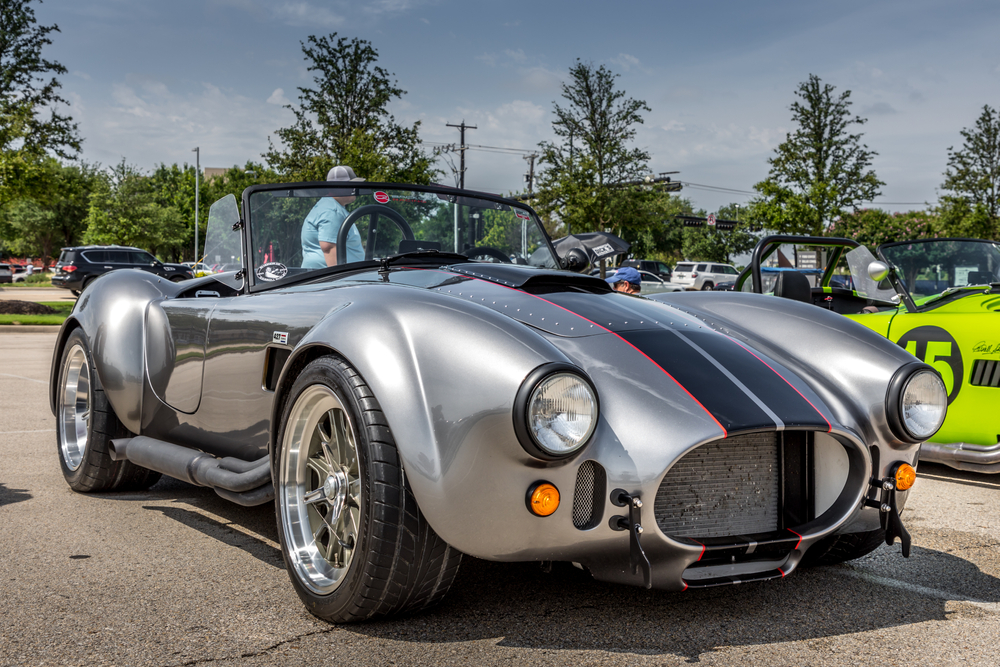
American sports cars are renowned for their bold designs, powerful engines, and the indelible mark they leave on the automotive world. From iconic muscle cars of the 1960s to modern-day engineering marvels, these vehicles symbolize freedom, innovation, and raw power. Read More.














